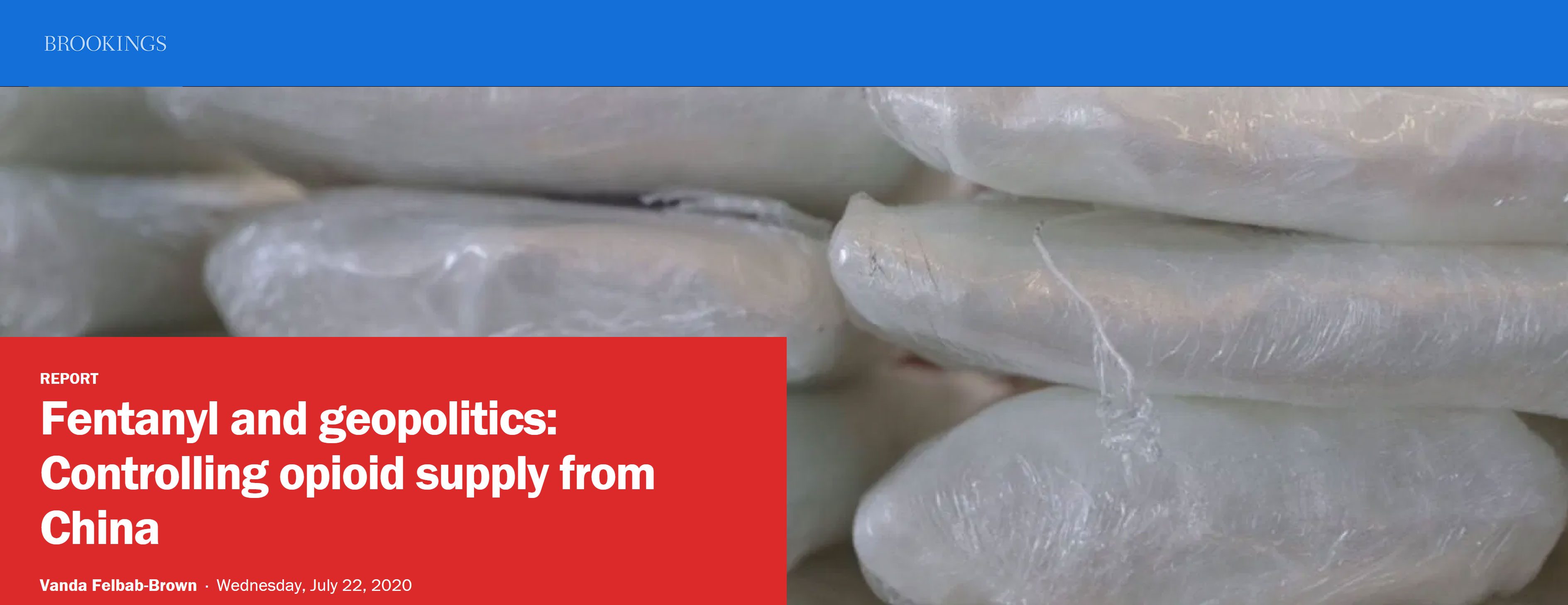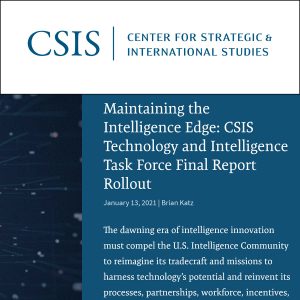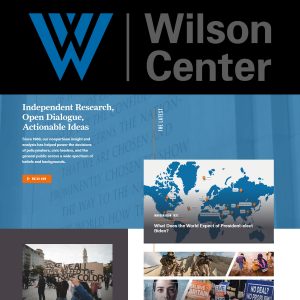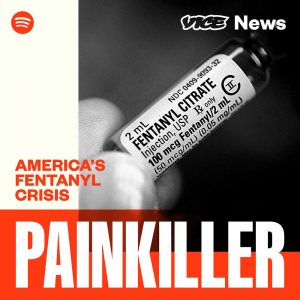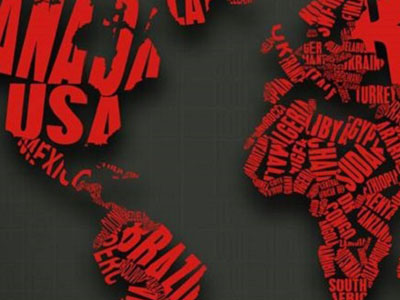An Opioid Crisis: Lackluster Regulation Supplying an Epidemic
An Opioid Crisis:
Lackluster Regulation Supplying an Epidemic
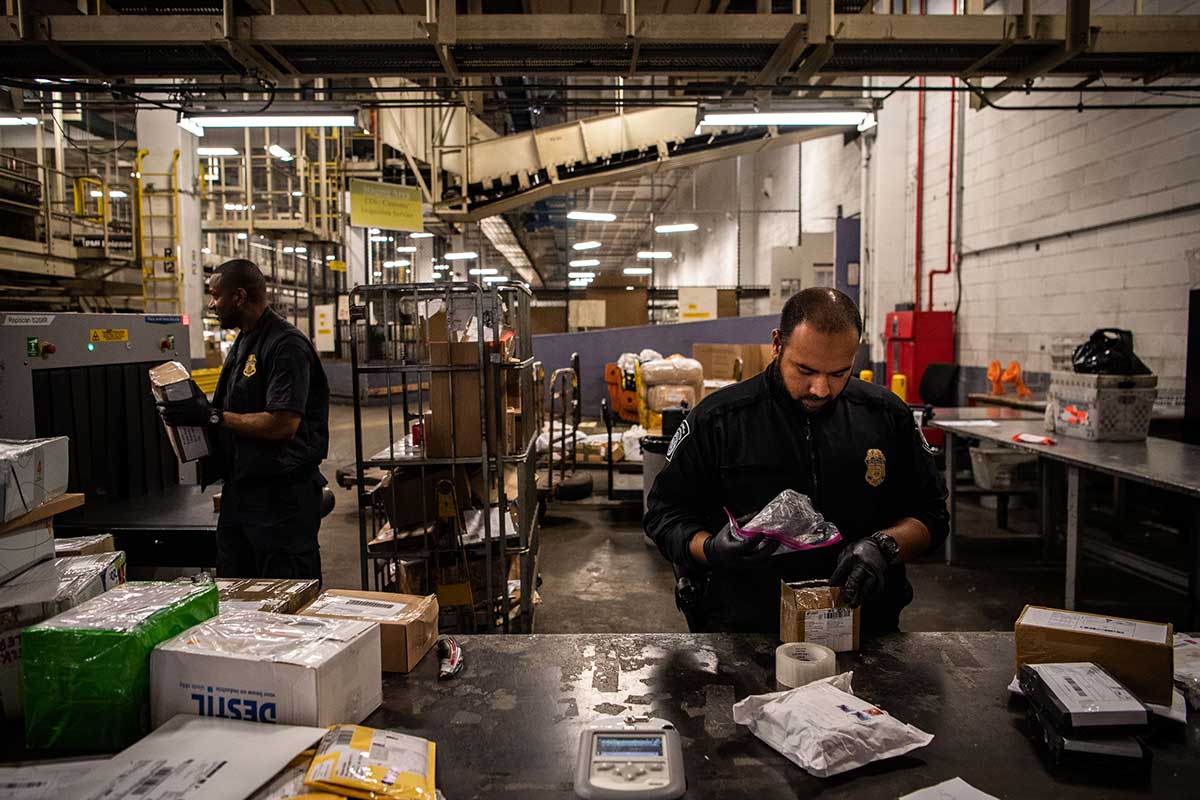

Written for JESPIONNE

Kristen Ripley Earhart
Often forgotten in the face of the Novel Coronavirus epidemic, the Opioid epidemic in the United States reaches all time historic highs every day. Increasingly prescribed by doctors for any type of pain or ailment, opioid addictions are not only rampant, they are becoming easier to form. Millions each year are becoming affected by opioids through uncontrolled prescription, and as ease of
access increases, the number of addicted people climes each day.
One of the more dangerous opioids is Fentanyl; used to manage pain and assist surgery operations, Fentanyl has become the subject of illegal use, being used to cut dangerous drugs like heroin to increase potency. Fentanyl alone is the cause of thousands of overdoses a year.


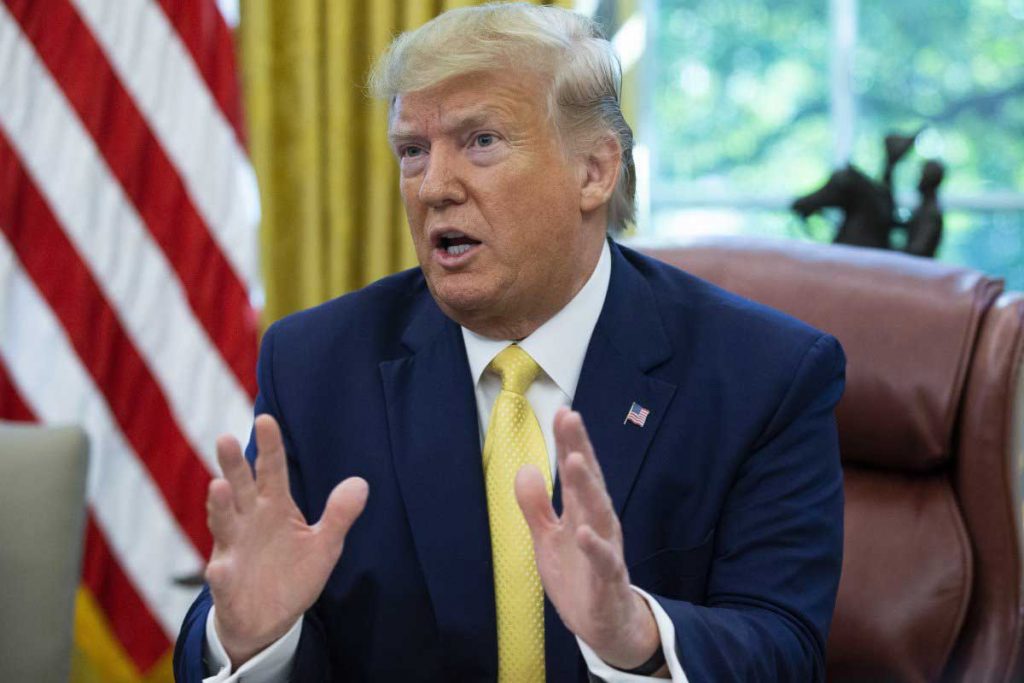
"My friend President Xi said that he would stop the sale of fentanyl to the United States - this never happened, and many Americans continue to die.”
- Tweet by US President Donald Trump

January 2021

What is Fentanyl?
Classified as a Schedule II prescription drug, Fentanyl is typically used to manage severe pain, especially for those who are resistant to other opioids. A synthetic drug similar to morphine, Fentanyl is 80 to 100 times more potent.
Because the concentration of Fentanyl is so high, many people often overdose from extremely small amounts, and as such must be used in a controlled environment to observe patients taking the drug. Also, cheap to produce, Fentanyl has become a staple painkiller used throughout the US both legally and illegally. Both the former President Obama’s administration and President Trump’s administration have tried for years to reduce the impact of fentanyl on American communities, but with little tangible success due to an ever-increasing amount of opiate usage.
Many parties are responsible for the usage of illegal Fentanyl in the US, this article explores the impacts and efforts of the supplier, either through Fentanyl precursors or transnational criminal organizations (TCOs).
Transnational Criminal Organizations
Mexico is the primary producer of illegal Fentanyl consumed in the US; TCOs based in Mexico, primarily the Sinaloa Cartel and the Cartel Jalisco Nueva Generacion (CJNG) have developed ways to ship concentrated amounts of Fentanyl into the US over the border either overland through physical checkpoints, by air, and even by sea, making it extremely difficult due to the limited resources of US Customs and Border Patrol (CBP).
TCOs utilize Fentanyl to mix/cut existing illegal drugs, like heroin, to increase potency. Cheaper than heroin to produce, Fentanyl and heroin are mixed to concentrate the opiate, and increase potency. Sometimes forgotten by the dealer, irregular potencies result in overdose deaths, of which the US had nearly 71,000 total in 2019, of which Fentanyl and other synthetic opiates made up 36,500 people.
US CBP seized 681 kilograms in 2018 from US/Mexico border crossings, believed to originate primarily from the Sinaloa and CJNG cartels, who own the largest production capabilities in Mexico.



What is suggestive from CBP data from the US’ Southern border is that Fentanyl trafficked across from Mexico is exceptionally less pure, at less than 10% on average. This reduction in purity translates to an unknown amount of fentanyl being synthesized elsewhere, for example, in China. What is known is an overall reduction in seizure of illegal precursors and opiates from Chinese suppliers, implying that while China provides a majority of these products for the Sinaloa and CJNG cartels, they are looking elsewhere for new sources.
International Sourcing
As of April 2019, China announced a ban on all pre-cursor production, apart from state licensed enterprises. This move attempted to reduce the number of unregulated precursors making their way out of China, but because of political tensions between the US and China, few tangible results exist. China is still the leading producer of Fentanyl precursors, and the primary concern is China will be unable to control all of pre-cursor production, effectively creating a loophole by which producers will continue their shipments around the world.
Challenging Chinese control of the Fentanyl production market, India does not list Fentanyl, or many other opioids or their precursors on control lists, and only 17 of the 24 basic precursors are regulated.
While still not matching China’s production capabilities, India is the largest producer of Tramadol, a less powerful but equally addictive opioid, which is causing drug crises throughout the Middle East. At one point, more than $75 million worth of Tramadol was seized before it could reach the Islamic State in 2017. Tramadol alone is reported to be playing “a direct role in the destabilization of the region.” By no means reducing or lessening the struggle against illegal Tramadol, it still is not affecting or replacing US consumption of Fentanyl yet. As suppliers of both precursors and finished products in the US market, China accounts for 97% of all fentanyl seized by international mail, with a purity of more than 90%, far outstripping illegal Indian opiates.
The illegal import of Fentanyl into the US is not done just in the form of heroin or another illicit drug. Strong evidence collected by both US CBP and the Drug Enforcement Agency (DEA) suggests the primary mixing/cutting of heroin with Fentanyl is done within the US, meaning shipments from Mexico are just of Fentanyl.
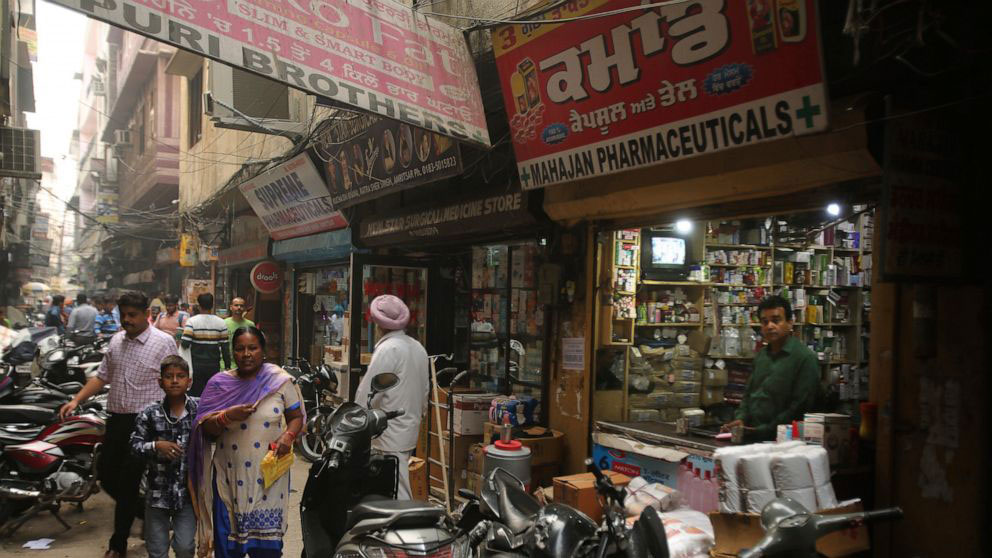


Instead of mixing Fentanyl with drugs like heroin for transport, Mexican TCOs are using pill mills to produce counterfeit pills designed to look like M30 Oxycodone pills, which can then be distributed upon arrival in the US. Pills appear to be the most popular way to transport opiates for illegal consumption in the US. Easy to buy, transport, and sell, pills imported from around the world often slip unnoticed by customs agents.
Stopping illegal narcotic production in Mexico is almost an impossible job for the United States alone. A necessary part of the puzzle to stop illegal fentanyl is cooperation with foreign governments. China and Mexico are currently the two largest sources of Fentanyl within the United States and should be recognized as such. China has already taken steps to mitigate precursor production, and Mexican anti-narcotics
operations are being performed daily to fight illegal production and consumption in Mexico.
What can the United States do?
The United States should seek increased cooperation despite recent diplomatic spats with both China and Mexico and should conduct operations separate from current diplomatic issues to maintain integrity and the understanding that without each other, illegal Fentanyl production will continue. Additionally, both patients and doctors should seek non-addictive alternatives to manage pain and reduce reliance on addiction-forming opiates.
The Fentanyl epidemic is not the only opiate epidemic in the world, however, elimination of the US’ opiate crisis not only sets an international example of cooperation but can provide a blueprint for fighting addiction around the world.
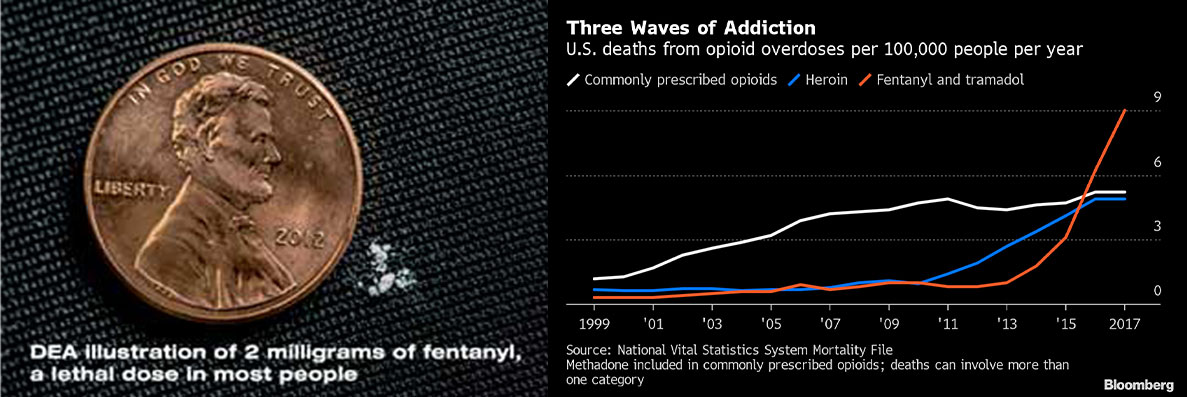
Photos
Associated Press/ Bloomberg/ EPE-EEE/ Office of the Special Narcotics Prosecutor For the City of New York/ United States Drug Enforcement Agency/ Washington Post
TAGS
Fentanyl/ United States/ China/ Mexico/ India/ Obama/ Trump/ Drug Trade/ Heroin/ DEA/ CBP/ Sinaloa/ CJNG/ Tramadol/ Opioid Epidemic/ Opiate

January 2021




















